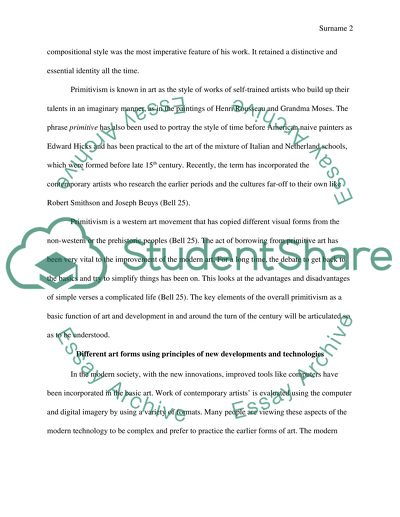Cite this document
(“Stravinsky and Primitivism Essay Example | Topics and Well Written Essays - 1500 words”, n.d.)
Stravinsky and Primitivism Essay Example | Topics and Well Written Essays - 1500 words. Retrieved from https://studentshare.org/music/1464392-stravinsky-and-primitivism
Stravinsky and Primitivism Essay Example | Topics and Well Written Essays - 1500 words. Retrieved from https://studentshare.org/music/1464392-stravinsky-and-primitivism
(Stravinsky and Primitivism Essay Example | Topics and Well Written Essays - 1500 Words)
Stravinsky and Primitivism Essay Example | Topics and Well Written Essays - 1500 Words. https://studentshare.org/music/1464392-stravinsky-and-primitivism.
Stravinsky and Primitivism Essay Example | Topics and Well Written Essays - 1500 Words. https://studentshare.org/music/1464392-stravinsky-and-primitivism.
“Stravinsky and Primitivism Essay Example | Topics and Well Written Essays - 1500 Words”, n.d. https://studentshare.org/music/1464392-stravinsky-and-primitivism.


